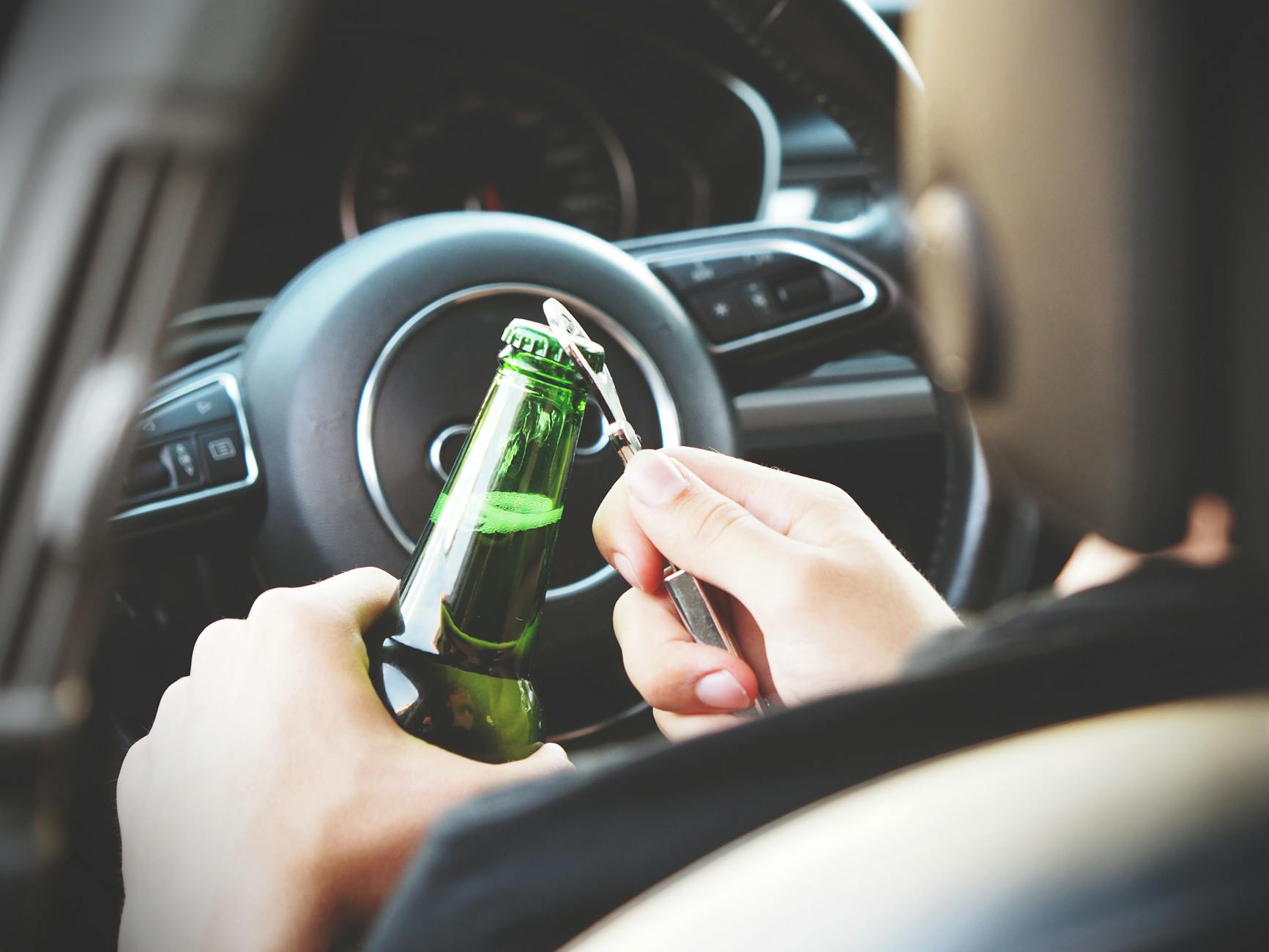Discover the secret formula for finding your perfect beer-to-drunk ratio in just a few simple calculations. Keep reading to learn more!
Table of Contents
Have you ever wondered how many beers it takes to get drunk? The answer to this question is not as simple as you might think. Alcohol intoxication is a complex process influenced by a variety of factors, including alcohol metabolism, individual tolerance levels, and environmental influences. In this blog post, we will delve into the science behind alcohol intoxication to help you better understand your own beer-to-drunk ratio.
Alcohol Metabolism: How the Body Processes Alcohol
alcohol metabolism is a critical aspect of understanding how alcohol affects the body. When you consume alcohol, it is primarily processed by the liver. The liver breaks down alcohol into acetaldehyde, a toxic byproduct that is further metabolized into acetate and then eventually eliminated from the body.
The rate at which alcohol is metabolized can vary from person to person based on a variety of factors. Age, gender, weight, and genetics all play a role in determining how quickly or slowly the body can process alcohol. In general, younger individuals tend to metabolize alcohol more quickly than older individuals, and men typically metabolize alcohol faster than women due to differences in body composition and enzyme levels.
Additionally, the rate at which a person drinks can impact alcohol metabolism and intoxication levels. Consuming alcohol rapidly can overwhelm the liver’s ability to process it, leading to higher blood alcohol concentrations and a quicker onset of intoxication.
Individual Tolerance Levels: Why Some People Get Drunk Faster Than Others
Individual tolerance levels play a significant role in how many beers it takes to get drunk. Tolerance refers to the body’s ability to adapt to the effects of alcohol over time. Individuals with a higher tolerance may require more alcohol to feel intoxicated compared to those with lower tolerance levels.
Factors such as drinking history and habits can influence tolerance levels. Individuals who drink regularly may develop a higher tolerance to alcohol, requiring larger quantities to achieve the same level of intoxication. Conversely, occasional drinkers or individuals with low alcohol intake may be more sensitive to alcohol’s effects and get drunk more easily.
Alcohol sensitivity is another important factor to consider when calculating your beer-to-drunk ratio. Some individuals are more sensitive to the effects of alcohol due to genetic differences or underlying health conditions. These individuals may experience stronger intoxication effects even with small amounts of alcohol.
Factors Influencing Intoxication: Beyond Just Beer
While beer is a common alcoholic beverage, other factors can influence intoxication levels beyond the number of beers consumed. Different types of alcoholic beverages vary in alcohol content, with some spirits containing higher levels of alcohol than beer or wine. Mixing different types of alcohol or combining alcohol with other substances, such as medications or energy drinks, can also impact intoxication levels.
Environmental and psychological factors can further influence intoxication. Emotions, stress, and peer pressure can all play a role in how alcohol affects an individual. Drinking in a social setting or in unfamiliar environments may lead to increased alcohol consumption and a higher likelihood of getting drunk.
Conclusion
Understanding how many beers it takes to get drunk is not a one-size-fits-all calculation. Alcohol intoxication is a complex process influenced by a variety of factors, including alcohol metabolism, individual tolerance levels, and environmental influences. By being aware of these factors and practicing responsible drinking habits, you can better manage your alcohol consumption and prioritize your safety and well-being.
FAQ
Question 1: How can I calculate my beer-to-drunk ratio?
Answer 1: To calculate your beer-to-drunk ratio, consider factors like alcohol metabolism, tolerance levels, and environmental influences. Keep track of how different amounts of alcohol affect you personally to determine your individual ratio.
Question 2: Why do some people get drunk faster than others?
Answer 2: Individual tolerance levels, drinking history, alcohol sensitivity, and genetic differences contribute to why some individuals get drunk faster than others. Factors like age, gender, and body composition also play a role in alcohol metabolism.
Question 3: Are there factors beyond beer that influence intoxication?
Answer 3: Yes, factors like the type of alcohol consumed, mixing drinks, environment, emotions, and social settings can impact intoxication levels. Different alcoholic beverages have varying alcohol content, and drinking patterns and peer pressure can influence alcohol consumption.
Question 4: How can I practice responsible drinking habits?
Answer 4: To practice responsible drinking, know your limits, pace yourself, stay hydrated, avoid drinking games, and never drink and drive. Understanding your beer-to-drunk ratio and being aware of your surroundings and emotions can help you make informed decisions about alcohol consumption.


Leave a Reply